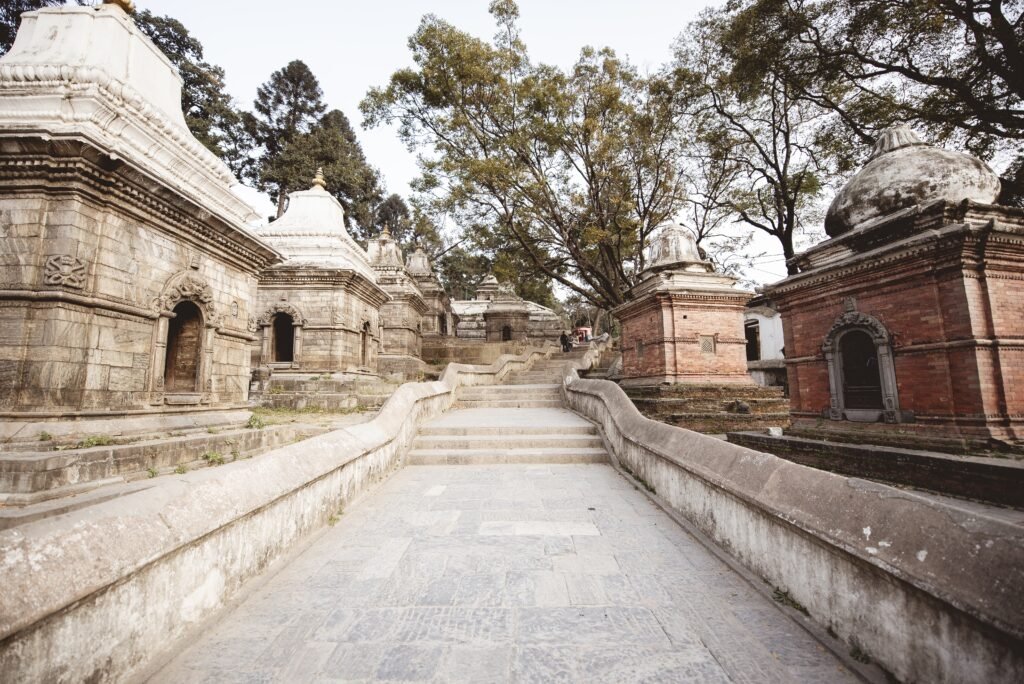Colonial perspective and its contribution

Educated Indians may have preserved their traditional history in the form of handwritten epics, Puranas and autobiographical literature, but modern research into the history of ancient India began only in the latter half of the eighteenth century to meet the needs of the British colonial administration. When Bihar and Bengal came under the control of the East India Company in 1765, they faced difficulties in governing the state through the inherited Hindu rules. Therefore, in 1776 Manusmriti, which was considered the official text, was translated into English under the title A Code of Gentow Laws. Pundits were appointed along with British judges to administer Hindu practical law and Maulvis were appointed to administer Muslim practical law. Early efforts to understand the ancient rules and customs, which continued largely until the end of the eighteenth century, culminated in the establishment of the Asiatic Society of Bengal in Calcutta in 1784. It was established by Sir William Johns (1746-94), an administrative officer of the East India Company. For the first time, he described Sanskrit, Latin and Greek as belonging to one language family. In 1789, he translated a play Abhijnanashakuntalam into English. most popular Hindu text, the Bhagavad Gita, was translated into English by Wilkins in 1785. The Bombay Asiatic Society was established in 1804 and the Great Britain Asiatic Society was established in 1823. William Johns asserted that European languages were fundamentally similar to Sanskrit and Iranian languages. This encouraged European countries like Germany, France and Russia to develop Indian studies. During the first half of the nineteenth century, chairs of Sanskrit studies were established in the United Kingdom and other European countries. The study in the Indian context was most promoted by Germany’s F. Met Max Mueller (1823-1902), who had settled in England. The rebellion of 1857 made the British understand well that the behavior of the people of the foreign countries over which they were ruling. And it is essential to understand the social system deeply. Similarly, Christian missionaries tried to expose the vices of Hinduism for the sake of conversion and to strengthen the British Empire. To meet these needs, ancient texts were translated on a large scale under the editorship of Max Müller. A translation series of fifty books was published under the ‘Sacred Book of the East Series’, many of which were in various volumes. Some Chinese and Iranian texts were also included in these, but ancient Indian texts were given prominence. In the prefaces to these texts and the books based on them, Max Müller and other Western scholars observed the trends of ancient Indian history and society in a very generalized manner. He said that ancient Indians lacked a sense of history, especially time And in terms of order. He also said that Indian citizens are under dictatorial rule. They had become accustomed to this and were so engrossed in spiritualism or their own separate world. They were not concerned with the problems of this world. Western scholars emphasized. By saying that Indians had neither experienced nationalism nor any kind of To self-governance.
Many such generalizations were also made in the Early History of India, written by Vincent Arthur Smith (1843–1920), who wrote the first systematic history of ancient India in 1904. Political history was given priority in his book, written and based on a thorough study of the sources that were available at that time. It continued to be used as a textbook for nearly fifty years and is still used by scholars today. Smith’s historical outlook was imperialist. As a loyal member of the Indian Administrative Service, he emphasized the role of foreigners in ancient India. One-third of his book discusses Alexander’s invasion. In it, India has been presented as an uncontrolled or autocratic land, where political unity was not experienced before the establishment of British rule. His assessment is that autocracy or dictatorship remained the only form of governance in India, historians of India also believe the same. In short, the British interpretation of Indian history justified the colonial rule by downplaying Indian character and achievements. Some of these ideas also received validity to some extent. chronology among Indians as compared to Chinese.
1 This phrase actually seems to be a satire on the extreme interference of religion in the everyday lives of Indian citizens. Indian citizens had become so engrossed in religious life that they forgot to even think about the impact of negligence on social and political governance.
Nationalist vision and its contribution

All this emerged as a big challenge for Indian scholars, especially those who had received Western education. He was deeply saddened by the colonial denial of ancient history and was also concerned about the destruction of Indian feudal society and the contradiction of Britain’s progressive capitalist society. Some scholars not only took up the task of reforming Indian society, but also reconstructed Indian ancient history in such a way that along with social reform, the concept of self-governance was strengthened. Most of the historians who did this were inspired by the nationalist ideas of Hindu revival, but there was no dearth of historians who adopted a logical and objective approach. The second category of historian was Rajendra Lal Mitra (1822-91) who published Vedic texts and also wrote a book titled Indo-Aryans. Despite being a lover of ancient heritage, he adopted the logical vision of the ancient society and concretely stated that the people of ancient times used to eat beef. Others tried to prove that despite these characteristics, the caste system was not fundamentally different from the class system based on the division of labor in the pre-industrial and ancient societies of Europe.
Towards a non-political history

The British historian, initiated as a Sanskrit scholar, A.L. Basham (1914-86) raised questions on the way of looking at ancient India from the modern point of view. His old writings provide evidence of his special interest in the physical philosophy of Asanatani sects. Later, he believed that the past should be read for curiosity and enjoyment. His book The Wonder That was India (1951) V.A. Ancient Indian civilization freed from the prejudices of Smith and many such other British writers. and is a sympathetic survey of many aspects of culture. Basham’s book moves prominently from political to non-political history. This is the change D.D. This is also evident in Kosambi’s (1907-66) book An Introduction to the study of Indian History (1957), which was later published in The Civilization of Ancient India in Historical Outline. India In Historical Outline-1965) became famous. Kosambi gave a new direction to Indian history. His style is influenced by a material interpretation of history, taken from the works of Karl Marx. He presented ancient Indian society, meaning and culture as an integral part of the development of forces and relations of production. His first survey volume included showing the categories of social and economic development in relation to class and primitive humans. Along with Basham, many scholars condemned him, but his book is still widely read today. past forty years, there have been radical changes in the methods and inclinations of those working on ancient India. They mainly give strong importance to social, economic and cultural processes and see them linked to political development. They stratify the texts and compare their traditional natures with archaeological and anthropological evidence. Doing so points the way towards a bright future for the study of history. Now Western writers do not insist that all cultural elements came to India from outside. However, some people believe that religious ideas, rituals, caste, lineage and tradition are at the center of Indian history. They give less importance to the various dividing features that led to decline. His entire focus is on the problem of sustainability and continuity. They seem to be more attracted towards old and unique elements and want to preserve them forever. This viewpoint implies that Indian society has neither changed nor can change; This stagnation is an integral part of the Indian nature. Hence elites and elites use the study of the colonial Indian past to hinder development. Some Indian writers exaggerate the role of religion and believe that everything good and great has its origin in India.
communal viewpoint
From 1980 till today, some Indian and Western writers have adopted an aggressive and illogical approach to the study of ancient India. Under British rule, colonial historians deliberately denigrated Indian achievements and attributed important elements of Indian culture to outside influences. Indian historians. drew attention to India’s contribution to world culture. Thus, in the interpretation of history, there was a constant conflict between colonialism and nationalism. Now the situation has changed. Now in this struggle there is communalism and irrationality on one side and rationality and loyalty on the other side. Although most writers are logical and loyal, some have become sectarian and illogical. Authors on the other side talk about myth and legend and argue for the existence of Ram’s Ayodhya without any historical evidence. They condemn all critical study of Brahmanical social structures and even support the caste system while ignoring Manu’s social inequality.
Those who once attributed Painted Gray Ware to the Vedic people from outside India are now declaring Indo-Aryans to be the original inhabitants of India. They argue that Muslims and Christians coming from outside are foreigners in India. Such simplistic assumptions need to be tested on the basis of a logical study of the sources. Neither Hinduism nor Hinduism is confirmed as a sect by any ancient Sanskrit text or any other source. Communal writers keep singing the praises of Hindus and Hindutva. In such circumstances, historians have to carefully approach objective and scientific standards as well as already established historical standards.
